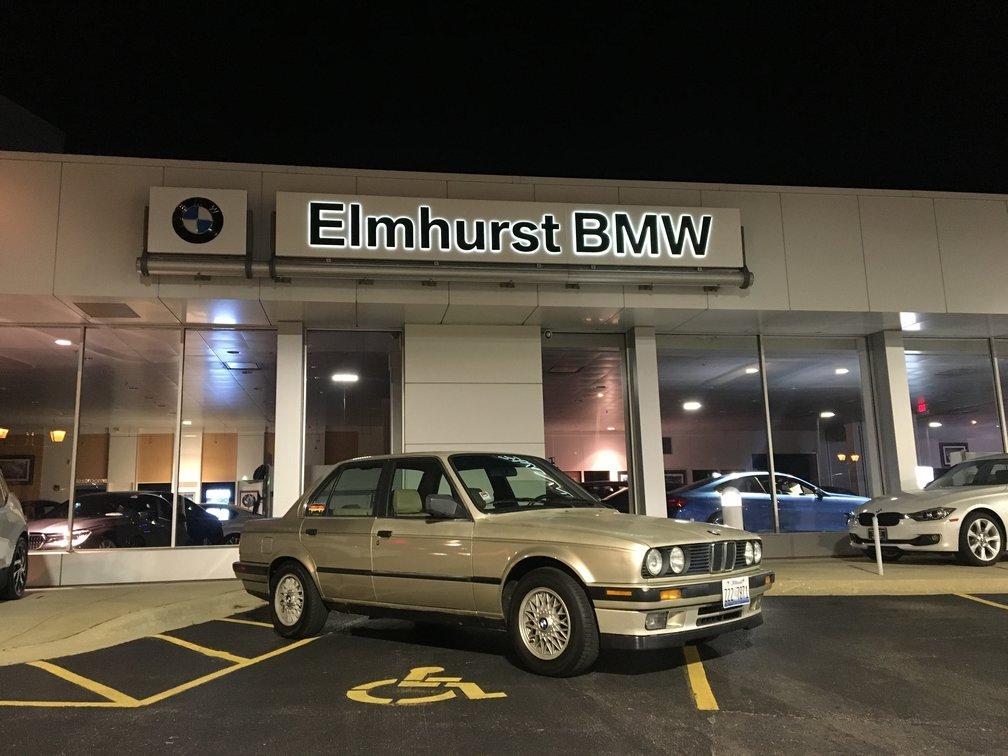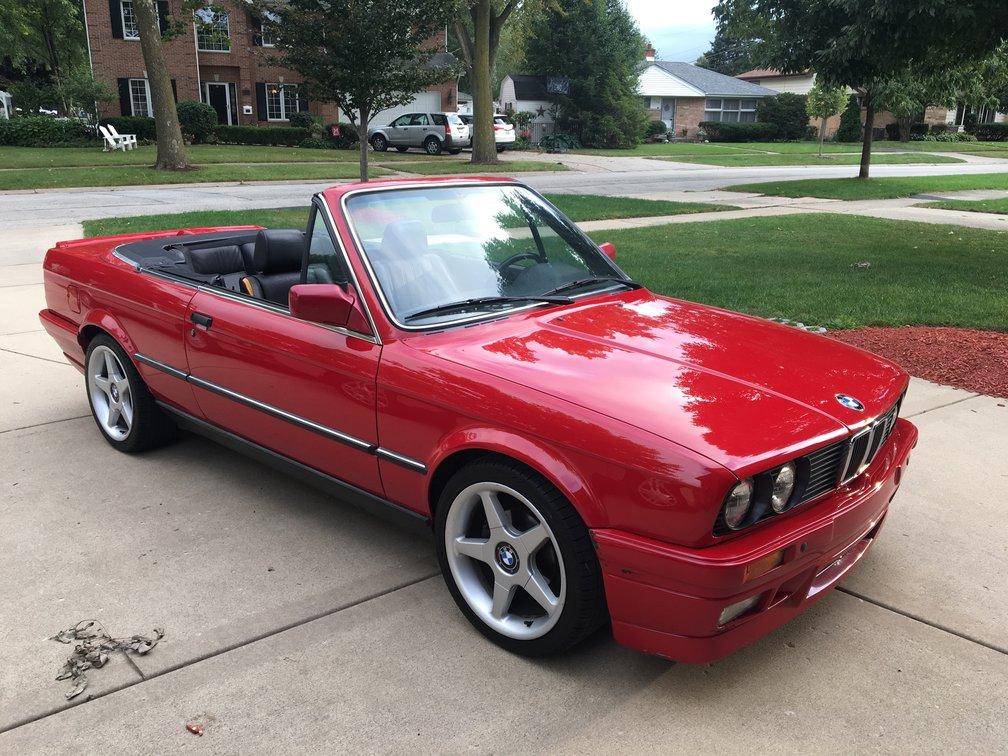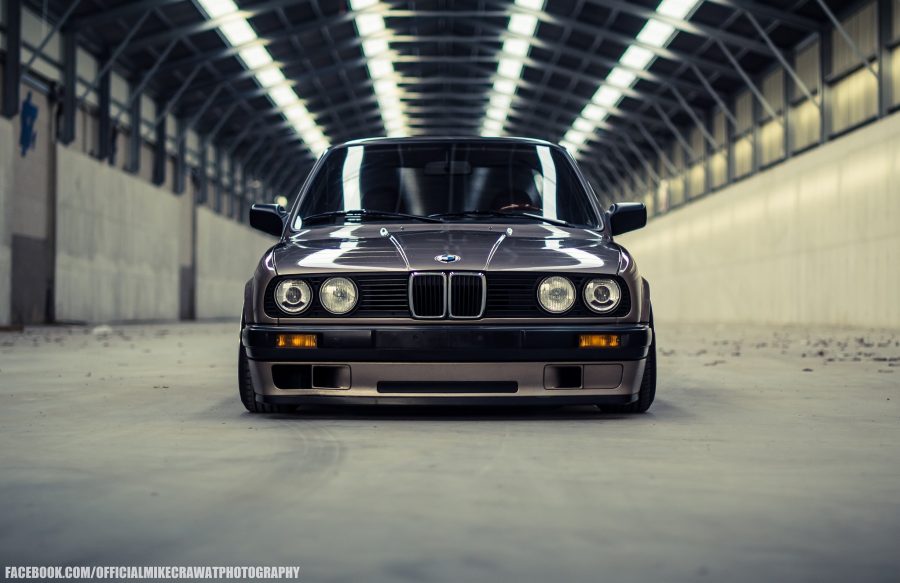Why it doesnt’t get better than the BMW E30
You don’t have to be a car enthusiast to be familiar with the BMW 3 series. It is a legendary automobile that has been named as a Car and Driver Magazine top 10 car for twenty-three straight years. However, most people are not familiar with the history of the 3 series. Every few years, cars are re-engineered and re-designed. Each time a new car is released it is referred to as a “generation” and is designated a name or number. The name E30 is the code for the second generation of the 3 series made from 1983 to 1993.
The BMW E30 is one of the most iconic cars ever made; it’s truly one of the last overly engineered BMW’s produced, and has built itself a cult following over the past few years in the car community. On paper, there’s nothing special about these cars–they look like every 1980’s generic boxy, Chrysler-K wannabe, and take the same primitive front engine, rear wheel drive form that all other BMW’s before it took as-well. These cars, however, aren’t basic or boring. They are one of the last pure driving cars sold with no traction control, no stability control, no airbags, and for the most part, no anti lock brakes.

Krauter’s 1989 BMW 325i
When first produced, the E30 only came with the option of two low horsepower motors, the 1.8 liter 4 cylinder M10 motor, and the 2.7 liter 6 cylinder M20b27 motor. Both engines were adequate for the time but really lacked in the fun factor department. In 1987, BMW made a change that would alter the car’s legacy for forever. The “i” motor was then introduced along with new trim options; the “325i” and “325is”. This new engine revved to an astounding 6,700 rpm giving the car a new chance of life as a performance vehicle as compared to before when the old “e” motor only revved to 4,700 rpm.
The straight 6 engine living in the 325i is one of the smoothest revving, and performing engines ever produced. They are extremely reliable and can take a serious beating around a racetrack or street drifting until the early hours of the morning. When you’re in 1st gear and stomp on the gas pedal, the car throws you back into your seat all the way to 6,700 rpms (presuming that you have a manual transmission-having an automatic would be blasphemy) until you shift up into 2nd gear to be rewarded by straight 6 with more power in the rev range sweet spot.
A major reason why these cars are so popular aside from their fantastic engines, is that they can be modified into just about anything. You can pretty much swap any motor into the engine bay because of how large it is, and because it’s rear wheel drive, lots of fun can be had with it from drifting, autocross, and professional racing. Any time the name BMW is mentioned, people love to talk about a friend of a friends cousins uncle who owned one and had all sorts of issues with it costing him thousands of dollars. That however, is not the case at all. The only thing that’s expensive on these cars is when the stealership charges one hundred dollars an hour to change a broken antenna. If you can do the work yourself you’ll find that most parts aren’t that much more than buying parts for an average car, and the legend that these cars are horrifically unreliable is the most misunderstood thing about them.

Paul Krauters’ 1987 BMW 325i
I own one, and so does my dad. Both of our cars have blown us away with how reliable they’ve been. I purchased my current daily driver, a 1989 BMW 325i Sedan, last year in New York City sight unseen, and drove it the entire way home to Chicago without any issues. When I bought it, I could only afford one car, so I drove it all winter long including those cold mornings where it was negative fifteen degrees outside, and the car never skipped a beat. It isn’t that I drive my car like a grandma either; I frequently drive it hard, and yet it still hasn’t blown up. My dad’s car is the perfect example of a reliable E30, over the years it somehow has racked up 223,000 miles of somewhat abusive driving. As long as these cars are maintained properly with basic care they have the potential to last well past 500,000 miles.
Buying an E30 is quickly becoming expensive. Prices are steadily rising as these cars are on the cusp of becoming a classic. All day long a good 325i could have been bought for $3,000 only a couple years ago Now, with this sudden mad dash of collectors and BMW fiends turning over every rock and leaf to find one, the prices are rising. A halfway decent car now costs around $4,000 and it’s going to require some degree of work put into it to make it perfect.
With no decrease of price in sight, now is the time to pounce if you’re looking to invest in one. However, if you’re looking to buy one of these cars just to make money in the long run, don’t even bother. Buying an E30 and letting it sit to obtain some ludicrous and far fetched number that maybe your great grandkids can make in 70 years isn’t worth it. Buy one and enjoy it for what it is: a simple and smooth straight 6 engine with sublime handling that makes you grin from ear to ear. Buying a car as an investment is like buying fine wine, letting it age for years and never taking a sip. Appreciate all of the weird quirks–the simple yet elegant boxy design–and drive it like it’s meant to be driven. Otherwise sell it to someone who will.

Noah Krauter is a junior at York this year. He is super interested in fast cars and reading quality books. He spends most of his time trying to fix his...







